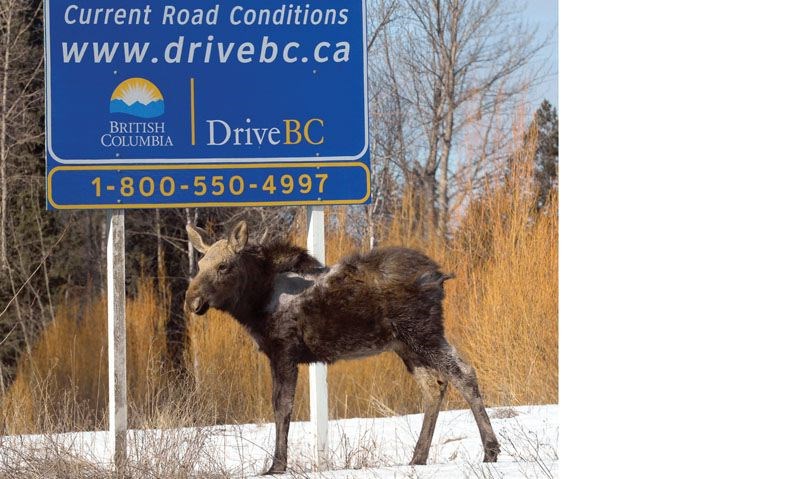Members of the public are being asked to help document moose winter tick infestations by completing and submitting an online survey before April 30.
The survey will help B.C.'s wildlife health program staff monitor the number of moose affected with these common ticks and help to inform moose management in the province.
Winter ticks can be a significant parasite for moose populations and can contribute to moose declines in parts of their range.
This type of tick spends the winter on one moose and there can be as many as tens of thousands on one animal at a time. As the ticks mature, they feed on the animal's blood.
In late winter, the irritation results in moose scratching and grooming themselves excessively, resulting in hair loss and less foraging.
The extent of hair loss on a moose is a rough indicator of how many ticks are present and can be observed easily from a distance.
Survey participants are asked to observe the amount of hair loss, if any, occurring on moose and check the survey box which most describes the animal-ranging from "no loss" to "ghost." "Ghost" means hair loss over most of the body or 80 per cent of winter hair.
Winter tick infestations are generally observed on moose during the months of February through April.
Anyone interested in contributing to the surveillance program can obtain a copy of the survey by contacting Mike Bridger at: [email protected] 250 961-5869 or by linking to: http://www.env.gov.bc.ca/fw/public-consultation/moose-winter-tick/.



